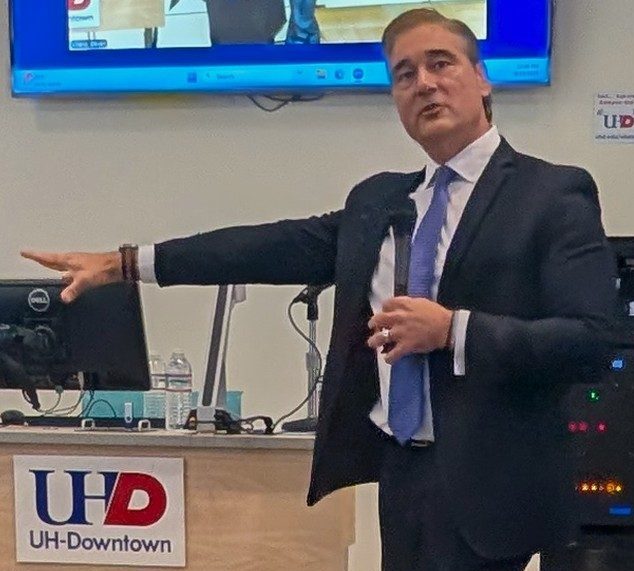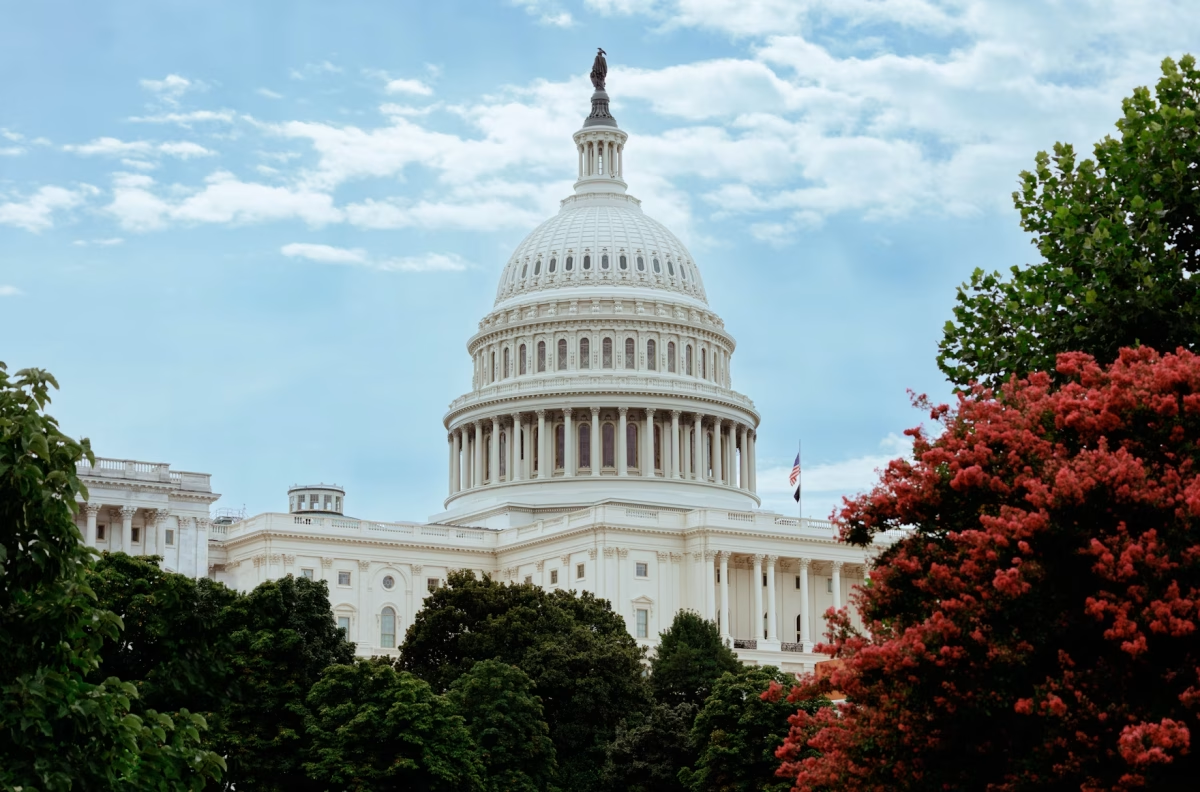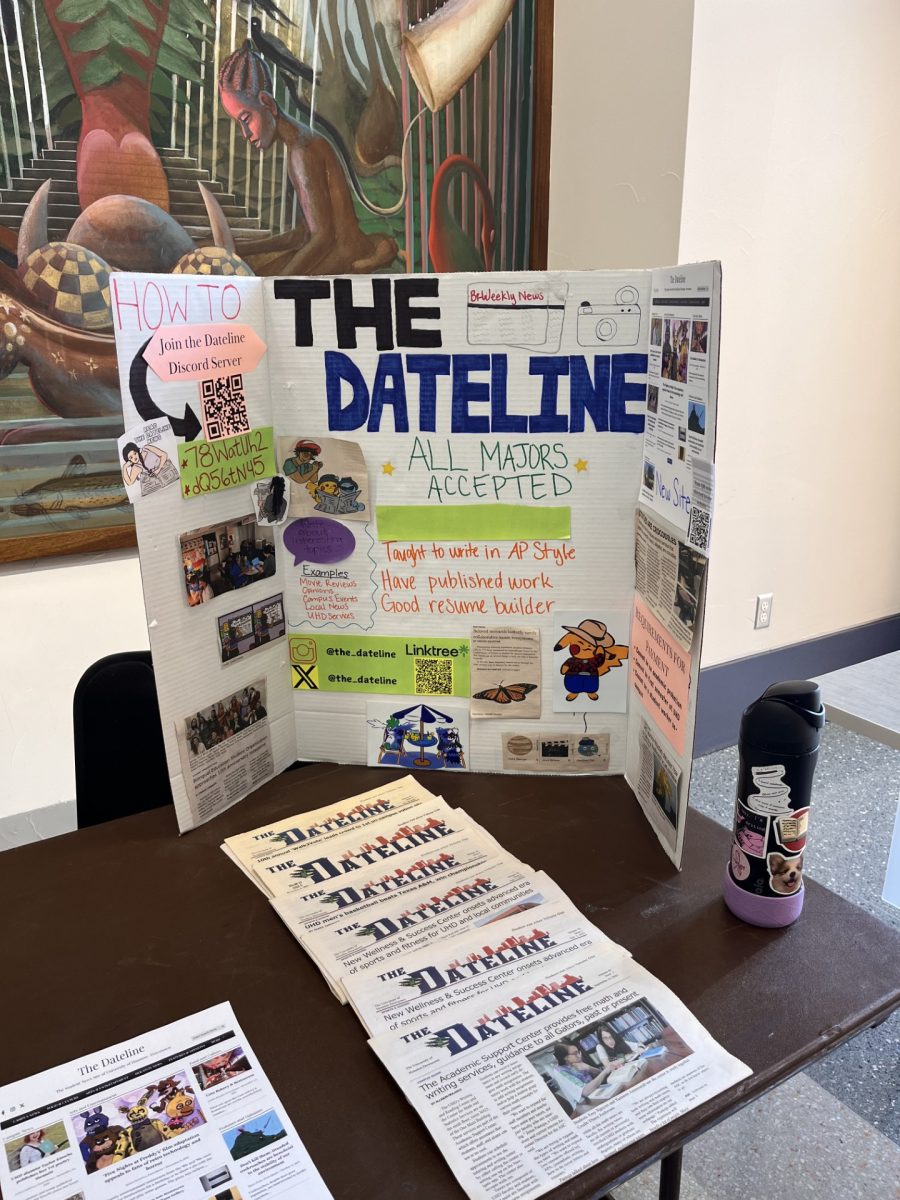Texas is feeling the strain from the ongoing federal government shutdown, with impacts rippling through universities, federal workplaces, national parks and local economies. The shutdown began Oct. 1, when Congress missed the funding deadline, forcing many government offices to halt operations. Thousands of Texans employed by federal agencies are either furloughed or working without pay, and state leaders warn that the disruptions will worsen if the budget impasse in Washington drags on.
With one of the nation’s largest federal workforces, Texas is heavily exposed to a government shutdown. Broadly counting active-duty military personnel and civilians, about 225,000 federal workers live in Texas. Roughly 130,000 are civilian employees in Cabinet-level agencies ranging from the Department of Defense to the Department of the Treasury. Many of these Texans are now either furloughed at home or reporting to work without pay. In the Houston area alone, as many as 30,000 federal employees have been furloughed since the shutdown began.
NASA’s Johnson Space Center in Houston is among the high-profile sites hit by the funding lapse. NASA has furloughed 83% of its federal workforce, which includes more than 15,000 employees. At the Johnson Space Center, only mission-critical personnel remain on duty to support the International Space Station and other essential operations. Most NASA projects are paused, though the agency obtained an exemption to keep working on the Artemis moon program despite the shutdown.
Other federal offices across Texas are largely dark. The Internal Revenue Service initially kept its staff on the job for the first week of the shutdown using prior funding, but as of Oct. 9, officials said they would furlough nearly half of the IRS’ 74,000 employees under a new contingency plan. That means tax processing centers and help lines in Texas are operating with skeletal crews.
Some federal public services have ground to a halt. Routine processing of certain federal permits and loans is delayed. Texans in the middle of buying homes with USDA or FHA mortgage guarantees have seen their closings put on hold until federal staff return. Passport offices in the state are open only for emergency appointments since U.S. Department of State consular services are curtailed. While Social Security and Medicare benefits continue to be paid, local Social Security offices are operating with reduced staff, slowing appointments and assistance for retirees.
The U.S. Department of Agriculture’s field offices are also scaling back. Many USDA service centers that support Texas farmers and ranchers with loans or crop assistance have been classified as nonessential and are closed until further notice. Critical food safety inspections continue under separate funding, but farmers who need routine paperwork or program approvals may be stuck waiting.
Even agencies that carry on critical operations are doing so with unpaid staff. The Department of Homeland Security has ordered nearly all border agents, TSA officers and Coast Guard members in Texas to keep working through the shutdown, as their law enforcement and security duties are considered essential. Military bases in Texas also remain active. The state’s 114,000 active-duty service members are still reporting for duty, from Fort Cavazos to Lackland Air Force Base, but none will receive paychecks until Congress funds the government.
Colleges and school programs across Texas are also bracing for the shutdown’s impact. Federal research funding is on hold, stalling new grants and proposal reviews at major universities.
“The shutdown is likely to complicate the lives of our colleagues on these campuses in several ways,” said grant consultant Frank Boyd. “Anyone who tries to email a program officer or someone in government — they’re receiving an automatic reply that they’re out of the office. And so that creates an information void that could potentially impact the research activities of individual scholars and another aspect, student workers who may be in those labs assisting scholars with their work.”
The shutdown may also affect students who rely on federal aid, though most education funds have short-term safeguards. Texas A&M University reports that student financial aid disbursements will continue uninterrupted for now, thanks to contingency funding. Similarly, the U.S. Department of Education has signaled that direct student loans, Pell Grants and key K-12 programs like Title I will continue in the immediate term despite 95% of the department’s staff being furloughed. However, if the shutdown persists, school districts could see delays in federal reimbursements for programs such as the National School Lunch and Breakfast programs, putting pressure on local budgets.
Early education programs are already under stress. Head Start centers, which provide free child care and preschool for low-income families, face uncertainty as federal support is frozen. In Central Texas, one Head Start operator said it has enough grant funding to stay open until January, but an extended shutdown could force classroom closures and staff furloughs.
Even Texas’ federal parks and historical sites have limited services due to the government shutdown. The National Park Service announced that parks will be partially open during the shutdown — open-air areas like trails, roads and overlooks can be used, but visitor centers, ranger stations and other staffed facilities are closed. This policy affects destinations such as Big Bend National Park in West Texas and Padre Island National Seashore on the Gulf Coast. Few, if any, rangers are on duty, and amenities may not be maintained.
The broader economic impact of the government shutdown in Texas depends on how long it lasts, but early signs show stress in several sectors. Federal workers going unpaid has an immediate ripple effect on local spending. In cities like Houston, San Antonio and El Paso, thousands of households must tighten their budgets, which in turn hurts restaurants, shops and services that rely on their dollars.
“Paychecks have stopped, and the bills will not,” wrote Houston Chronicle columnist Joy Sewing, noting that Houston-area businesses and charities were already mobilizing relief for an estimated 30,000 furloughed workers in the region.
Major federal funding streams for Texas have also been frozen. About $675 million for infrastructure, transportation and community projects that Texas officials secured in the latest federal appropriations is now on hold. That includes construction contracts for highway upgrades, flood control projects and rural development grants — work that won’t proceed until the government reopens. Some contractors have already stopped work or have prepared to furlough their own employees because federal employees are not coming through. Small businesses awaiting federal payments similarly face cash flow crunches.
Goldman Sachs economists estimate that each week of a federal shutdown trims U.S. quarterly economic growth by about 0.15 percentage points, a hit that would be recouped once federal operations resume and back pay is spent. Texas’ diverse economy may cushion some of the blow in the short term. Yet the strain is evident for families living paycheck to paycheck and businesses waiting on government work. The longer Washington remains at an impasse, the more those lost weeks of income and stalled projects will add up to real economic pain in Texas communities.



































